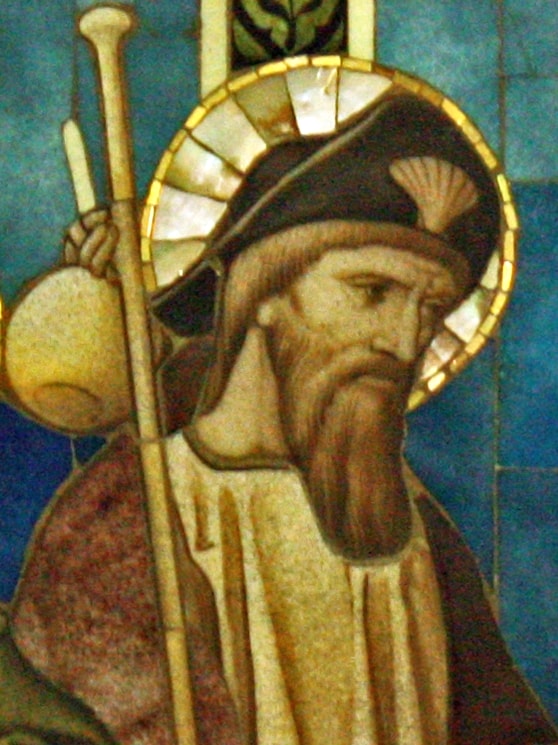In this post, we investigate the famous Catedral de Santiago, the famous end point of the Camino de Santiago. So, what has made this cathedral so famous and a mecca for hikers?
Catedral de Santiago
The Catedral de Santiago was first commissioned to be built in the late 11th century and is in Santiago de Compostela, at the end of the Camino de Santiago.
Work on it was slowed during the 12th century, before it was finally completed in the early 13th century.
The Catedral de Santiago was consecrated in 1211 in front of Alfonso IX, the king of Léon and Galicia.
The Architecture
Obradoiro Facade
The western facade of the Catedral de Santiago is the most recognisable and famous facade.
This was only built during the 18th century, after the old structure was demolished and rebuilt.
Many important artists of the region contributed to the style of this facade of the Catedral de Santiago.

Platerías Facade
At the southern end remains the only romanesque facade of the Catedral de Santiago.
Very little has been done to change the look and style of this, except for several additions.
Stories of Jesus are narrated in the artwork on the facade, such as the Crown of Thorns and the Temptation in the Desert.
Some of the designs visible here were original part of the northern door, which was demolished in 1758.
The Botafumeiro
The Botafumeiro is the giant thurible which hangs in the Catedral de Santiago and is recognisable to anyone who has seen “The Way”.
It hangs 20m above the cathedral’s floor and requires eight people to operate a pulley system in order for it to swing back and forth. These eight people are known as “Tiraboleiros”.
As it swings, it dispenses incense throughout the cathedral. “Botafumeiro” literally means “that lets out smoke” in Galician.
The botafumeiro weighs 53kg and can reach great speeds as it swings across the cathedral.
The botafumeiro is traditionally used at the end of the eucharist, during the liturgy or during the entrance procession.

The Catedral de Santiago and Saint James
The remains of Saint James are said to be buried underneath the cathedral.
Saint James, an apostle of Jesus Christ, is said to have been the first apostle to be martyred.
He was beheaded by Harod in Jerusalem and in the year 43. His body was then transported by boat back to Santiago, where he was buried in a forest.
Years later, a farmer came across his remains and the Catedral de Santiago was commissioned to be built.
There are many myths and stories about how the body of Saint James was brought back to Santiago, and how this relates to the symbolism of the Scallop Shell.

Santiago de Compostela Mass
The masses in the Catedral de Santiago are plentiful, with multiple masses held daily. These are:
- 7:30am
- 8:30am
- 9:00am
- 10:00am
- 11:00am
- 12:00pm
- 7:30pm
These times are just during the week, with even more times during Saturdays, Sundays and holidays.
Walk the Camino and experience the Catedral de Santiago for yourself
Camino de Santiago walking tours!


